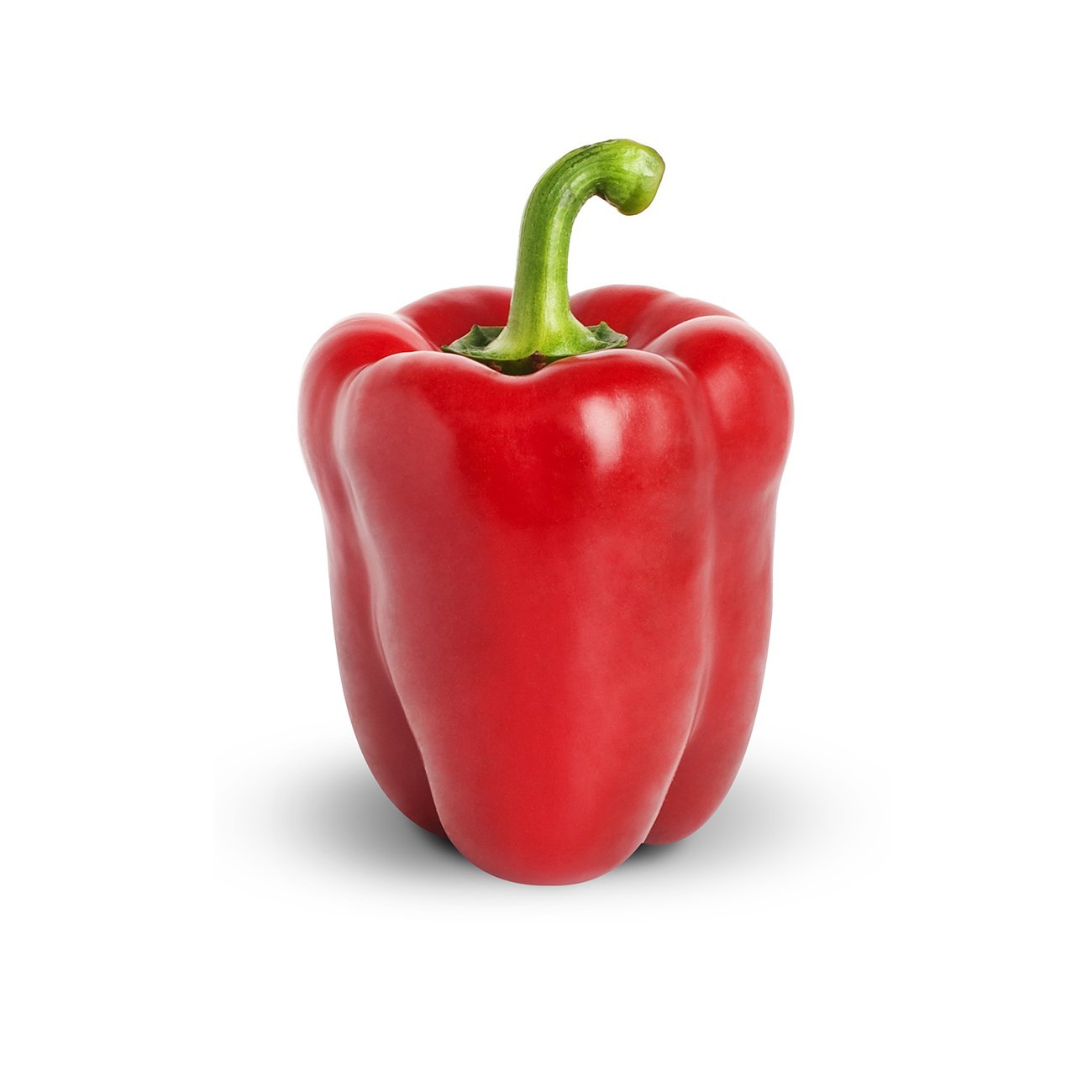Rhubarb
Used more like a fruit than a veggy—you'll often find it in desserts.
Rhubarb is grown for its tasty stalks, which range from pinkish-green to ruby red. The leaves should not be eaten due to their oxalic acid content. The tart flavour of the stalks needs to be balanced—it is often stewed with sugar, but orange juice, maple syrup and other sweeteners are also used. It is also made into savoury dishes, including relishes and compotes, salads or with chicken or pork.
-
Harvesting
Petiole colour is associated with rhubarb quality. The order of preference is red, pink, and green. They should appear fresh with no signs of desiccation or decay whether presented for sale intact or cut into sections. Petioles lacking small leaf lamina are subject to splitting when exposed to moisture. Over-mature petioles become pithy.Postharvest storage temperature
Rhubarb petioles can be stored for 2–4 weeks at 0°C with 95–100% relative humidity.Controlled atmosphere storage
Controlled atmosphere storage has not yet been used for rhubarb.Ethylene sensitivity
No information concerning ethylene available.Humidity storage
Rhubarb petioles can be stored for 2–4 weeks at 0°C with 95–100% relative humidity.Disease & infection
Several diseases may cause postharvest losses of relative humidity. Anthracnose causes oval, soft, watery lesions on petioles. Bacterial soft rot causes a soft, slimy decay. Grey mould causes soft, brown lesions on petioles. Postharvest decay is usually traced to poor sanitation of hydro-cooling water, so proper sanitation with recommended storage temperature is essential to avoid infection. -
Keep in vegetable drawer of fridge.

You might also like
Veggy tip
Bake, steam or boil stem (but be sure to remove and discard leaves—they contain oxalic acid). While sugar is often used to counter tartness, try adding sweetness via apples, berries or orange juice.



